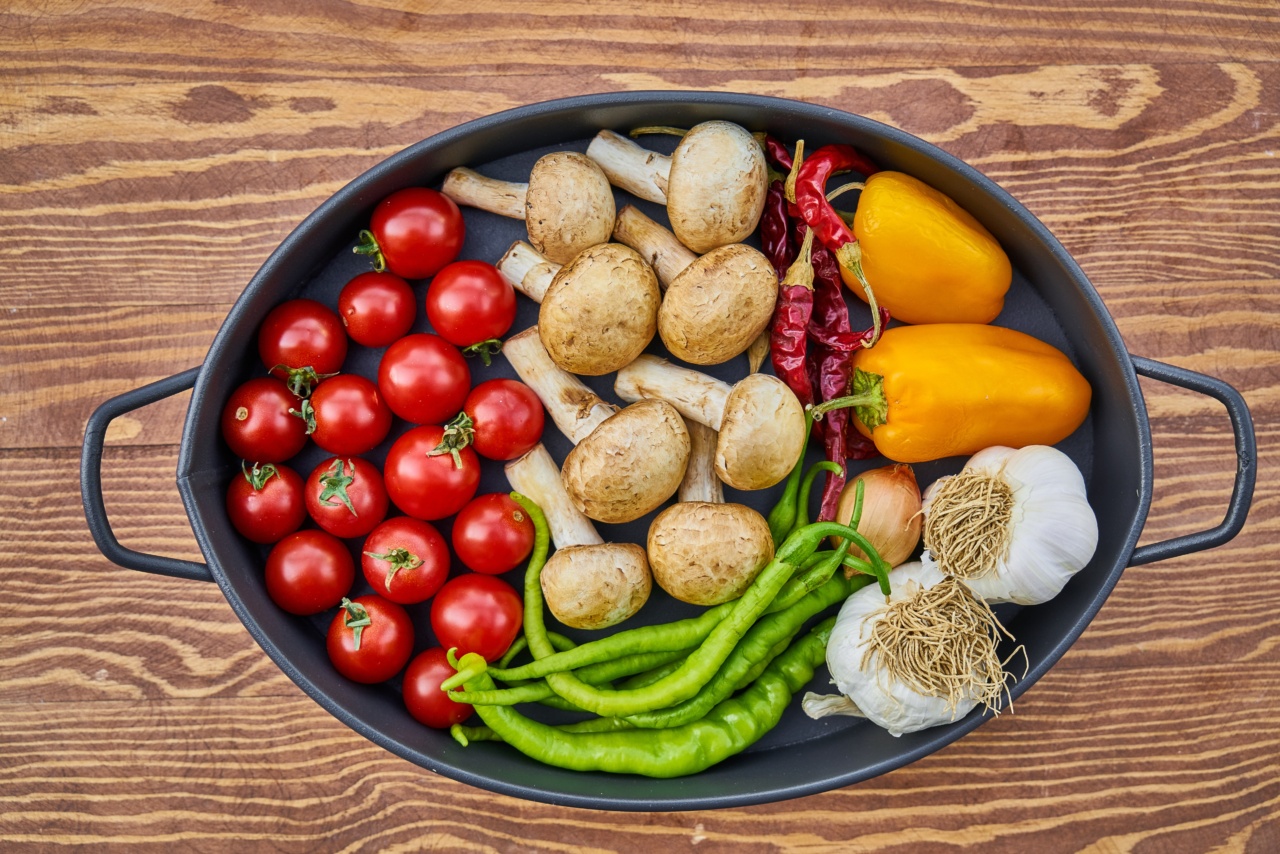Premenstrual syndrome (PMS) refers to a set of physical and emotional symptoms that occur in the week or two before menstruation.
These symptoms can vary from one woman to another but may include mood swings, bloating, fatigue, irritability, and food cravings. While there is no cure for PMS, adopting a healthy and balanced diet can help alleviate some of the discomfort and promote overall well-being during this phase of the menstrual cycle.
In this article, we will explore the various dietary strategies and specific foods that can provide relief from premenstrual syndrome.
1. Emphasize Complex Carbohydrates
Complex carbohydrates are rich in fibers and can help stabilize blood sugar levels, reducing mood swings and food cravings associated with PMS. Opt for whole grains like brown rice, quinoa, and whole wheat bread.
Legumes such as lentils, chickpeas, and black beans are also excellent sources of complex carbohydrates.
2. Increase Calcium Intake
Calcium has been found to be effective in reducing PMS symptoms such as mood swings, fatigue, and irritability.
Include dairy products like milk, cheese, and yogurt in your diet, or opt for non-dairy sources like calcium-fortified plant-based milk, almonds, and leafy greens such as kale and broccoli.
3. Boost Magnesium Levels
Magnesium has muscle-relaxing properties and may help alleviate cramps associated with PMS. Good sources of magnesium include nuts, seeds, whole grains, dark chocolate, and leafy green vegetables like spinach.
4. Incorporate Vitamin B6
Vitamin B6 is involved in the production of neurotransmitters that regulate mood. Studies suggest that increasing vitamin B6 intake can help reduce mood swings and depression associated with PMS.
Foods rich in vitamin B6 include fish, poultry, bananas, potatoes, and fortified cereals.
5. Include Omega-3 Fatty Acids
Omega-3 fatty acids have anti-inflammatory properties and may help reduce menstrual pain and inflammation. Include fatty fish like salmon, mackerel, and trout in your diet.
Alternatively, plant-based sources like flaxseeds, chia seeds, and walnuts also provide omega-3 fatty acids.
6. Reduce Salt and Sodium Intake
Excessive salt and sodium consumption can contribute to bloating and fluid retention, common symptoms of PMS. Avoid processed and packaged foods that are high in sodium and opt for fresh ingredients and natural flavorings.
7. Limit Caffeine and Alcohol
Caffeine and alcohol can worsen PMS symptoms such as irritability, breast tenderness, and mood swings. Reduce your intake of coffee, tea, and alcoholic beverages during the premenstrual phase to minimize these effects.
8. Stay Hydrated
Drinking an adequate amount of water can help reduce bloating and fluid retention, common symptoms of PMS. Aim to drink at least 8 glasses of water per day and stay hydrated throughout the day.
9. Incorporate Herbal Remedies
Some herbal remedies have been traditionally used to manage PMS symptoms. Herbs like chamomile, ginger, and dandelion may provide relief from bloating, cramps, and mood swings.
However, it is essential to consult with a healthcare professional before incorporating these remedies into your routine.
10. Maintain a Balanced Diet
While incorporating specific foods is helpful, it is important to maintain an overall balanced diet. Include a variety of fruits, vegetables, lean proteins, and healthy fats in your meals.
This ensures you receive all the necessary nutrients to support your body during the premenstrual phase.
Conclusion
While premenstrual syndrome can be uncomfortable and disruptive, making dietary changes can alleviate some of the symptoms experienced during this time.
By emphasizing complex carbohydrates, increasing calcium and magnesium intake, incorporating vitamin B6 and omega-3 fatty acids, and reducing salt, caffeine, and alcohol consumption, women can find relief from bloating, mood swings, fatigue, and other PMS symptoms. Additionally, staying hydrated, incorporating herbal remedies cautiously, and maintaining a balanced diet can further support overall well-being during the premenstrual phase.
Remember, it is always advisable to consult with a healthcare professional for personalized advice and guidance to manage PMS symptoms effectively.




























